


I was really surprised by TESA: Redguard, as it is sometimes frowned upon by TES fans, but I didn't bother with much of the content before because I wanted to play the game myself at some point. And i kinda liked it. The game feels like a real adventure: solving puzzles, navigating parkour passages, fighting enemies, and talking to quirky NPCs. It’s a mix between Monkey Island and Tomb Raider, with an engaging story and a world that while not huge offered plenty to explore for its time. The gameplay is varied, not strictly linear, and the puzzles can be quite tricky. NPCs are simple but unique and recognizable, with plenty of dialog options to guide you or flesh out the lore. Everything is voiced, though quality varies, some actors voice multiple characters and exaggerate certain quirks, which can be weird. Overall, the presentation feels a bit junky, but that gives it its own charm. But now to the negative points, starting with the inventory and the combat. The inventory is messy: every collected item stays, cluttering the screen, and managing it is inconvenient. Combat is also poorly executed. You only have one attack combo and moves like parrying and dodging are possible. It isn’t too difficult, but it rarely feels fun. Boss fights too, suffer from bugs, sometimes you can cheese them without taking damage. Although it wants to be like Tomb Raider, the game doesn't do it quite as well. The controls are imprecise, the camera unhelpful, and clipping issues often make jumps unreliable. Some Situations often turn into trial and error, with constant saving and reloading, not because of difficulty or skill issue but because of technical flaws. I can only recommend the game to fans who have always wanted to try out Redguard anyway and are interested in the story or would like to recapture the nostalgia, who are not put off by technical difficulties and shaddy controls, because the content of the game already has a certain charm.
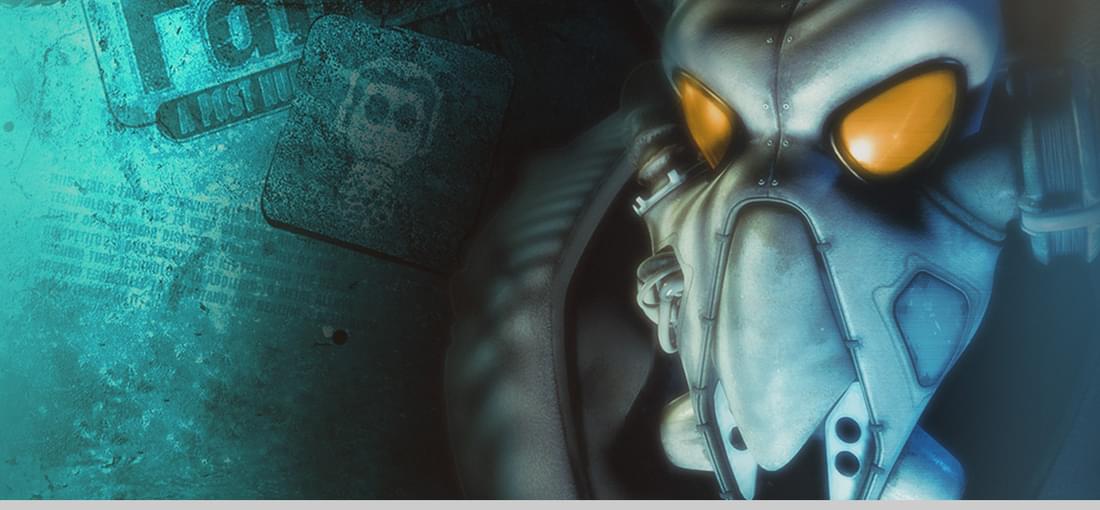
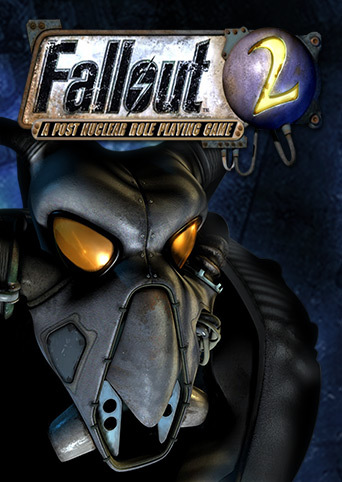
Fallout 1 was a strong introduction to the post apocalyptic world of the Fallout series, but Fallout 2 takes everything that made its predecessor great and builds upon it, creating a game that's even more immersive, intricate, and morally complex. World building is one of its greatest strengths. The wasteland feels alive and interconnected, with factions evolving since the first game: the NCR grows into a government with its own currency, super mutants change after the Master's death, and the Brotherhood fades into the background. This sense of progression makes the setting feel alive. Another element is how the game embraces moral grayness. Choices rarely have a clear right or wrong answer, sometimes you're punished simply for delaying too long, as quests can fail or NPCs die while you're busy elsewhere. You can even choose to be an a**hole, become a slaver, or kill innocents, and the game reacts accordingly. Unlike many modern RPGs, morality isn't reduced to simple good or evil factions. Gameplay builds on the first game with improvements. Companions are more useful, with better inventory and combat options, and random encounters are more varied. Towns and settlements feel distinct, each with its own identity and conflicts. Quests offer multiple solutions, encouraging replayability and experimentation, every run can reveal new dialogue, choices, or endings. But Fallout 2 isn't flawless. The rushed development shows in unfinished areas, messy scripts, and occasional bugs, sometimes preventing quest rewards or certain endings even if you met the requirements. Frequent saving is essential. If you can show patience and a willingness to embrace its imperfections, this is a must play for you. At least, I had great fun with it.
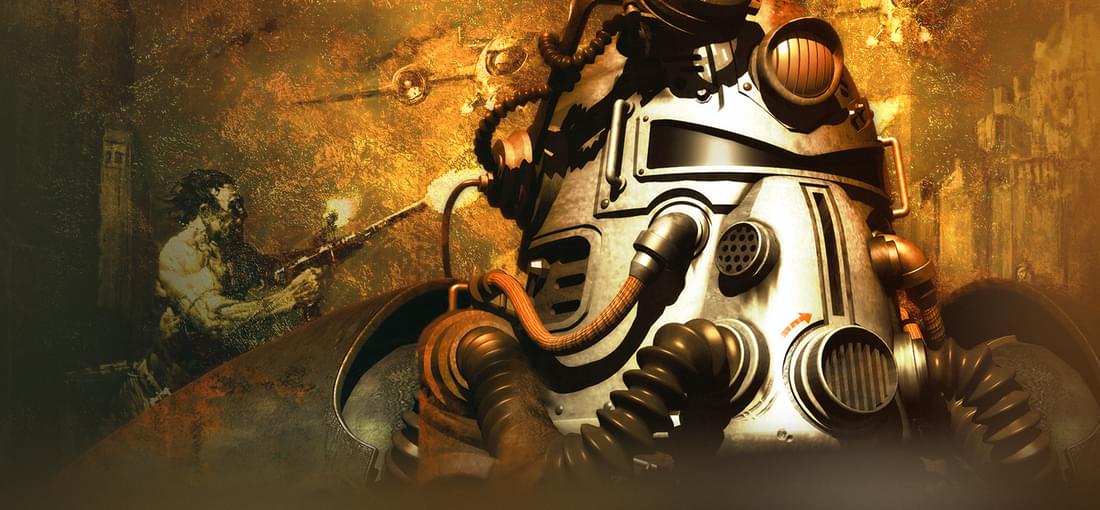
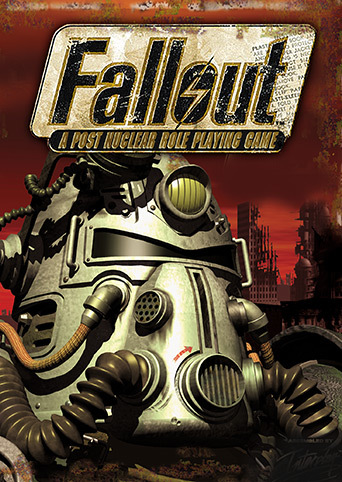
Fallout offers a good old RPG experience. Okay, compared to the sequel, there's a lot less ... of anything, I guess, and not much variety or use of the RPG elements. There are a lot of perks, traits or skills that you never use because there are few occasions in the game where you really need them. So it seems like there are few builds you can really do (and forget the predefined classes), unless you want a really weird challenge (like having less than 4 in intelligence...you'll have trouble speaking at all). The downside is it is in a buggy and unfinished state. It really annoyed me that you can't really get a good ending for each settlement, because there are unfinished/not implemented quests in the game that you need to get the best ending. And I'm kind of a completionist. Not to mention all the bugs in the game: quests don't start properly, quests aren't crossed out, when they're finished, my inventory icon turns black and I can't click on it, etc etc. I could go on and on if I wanted to. There are even some exploits that could be considered cheating (getting unlimited XP or caps), but of course I didn't use them. But luckily there are fan-made patches for these problema. I already used a High Defnition patch to be able to play on a modern PC with high resolution, but there are also fan-made patches like Fallout Fixt that fix most of the complaints I had with the game. Too bad I only discovered this when I was halfway through and didn't want to start over. I just played with this patch for a while after finishing the game once and it was great. Companions can be pushed to get out of the way, aren't limited to weapons, can also wear armor, it has a better interface, various bugs have been fixed, ... Therefore I give a cautious recommendation to play this game, but not without this patch. Unless you're a purist, but then you know what you're getting yourself into.
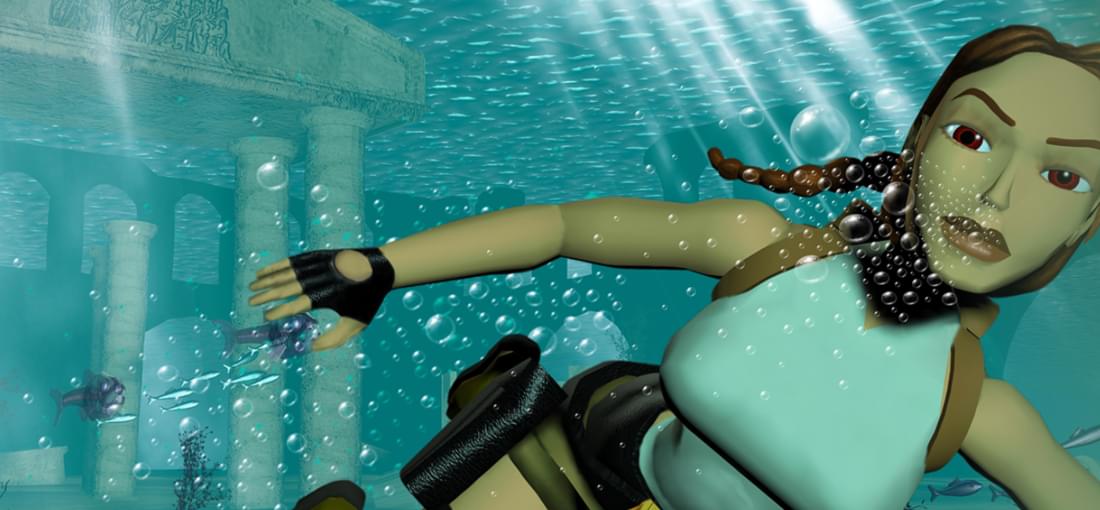

Tomb Raider is a classic of the 90s that made Lara Croft an icon. As one of the first 3D puzzle platformers, it comes from a time without clear standards, which makes it clunky yet innovative. Lara explores bizarre levels inspired by ancient cultures with a touch of Lovecraft, tied together by themes of birth and rebirth. The games open memorably with a tutorial in Lara's mansion, where players learn the basics of jumping, climbing, and swimming before heading into the different locations to collect treasures. Levels are built on a strict grid system, making movement deliberate but precise and mastering timing and distance is essential to survival. Combat is simple Lara can draw or holster weapons, automatically aiming with her trademark dual pistols. Other weapons like the shotgun, magnums, or Uzis add variety but require ammo, which is rarely scarce. Level design is the real highlight. Environments are varied and atmospheric, supported by strong music and sound design. Ancient temples, ruins, and caves invite exploration, rewarding secrets with health or ammunition. With no map, navigation depends on memory, and the vertical, non-linear layouts make every corner feel dangerous. Difficulty is high and traps, enemies, and chasms punish every mistake. Death animations from drowning to being impaled are being the source of everyones nightmares. Success requires patience and repeated trial and error. However, flaws are hard to ignore. The camera struggles in tight spaces, interactions demand exact positioning, and combat often feels clumsy. Getting lost is common, and puzzles can become frustratingly repetitive. The third game even is almost absurd in terms of puzzles and solutions. Still, despite being tedious and unforgiving, the Tomb Raider Classic Trilogy remains atmospheric, challenging, and great.


Too bad the two games are bundled. The graphics and lighting in TR IV game look fantastic for the time, the puzzles sometimes use new, creative and clever approaches and unlike the other games, the enemies seemed quite well balanced and I had less of a problem with the enemies using guns this time. Some of the level designs are probably the best the series has done so far. (Moving Train Level!) But the weak point lies mainly in the rest. The game sometimes tries to be far too complicated and clever with its puzzles, but overdoes it with the solution-finding, so that puzzles are actually made unnecessarily difficult. It doesn't offer a satisfying feeling when you solve the puzzle or look it up out of frustration, you feel cheated. So it feels more like work to play through the game. I remember having the game since release in 1999 and at some point I just stopped playing it, even though I could play the predecessors up and down. And after playing it again, I know why. But it still had strong moments. TR Chronocles on the other hand is a mess. You can see that the development team that worked on this game had no motivation or passion and Eidos wanted to bring the game to market as quickly as possible. You can often forgive flaws in games if the overall experience of the game is still somehow enjoyable. For example, I consider TR IV still as a good game, which despite the many frustrating elements was still a solid game where you can see that the developers have made an effort. But the buggy half-finished Chronicles destroyed my experience and my already fading enjoyment for the game, making it one of the games I would probably never touch again. And therefore I can't recommend it to anyone. Seriously, skip this game or try in in the Remastered Version. I didn't play it, but i assume they fixed many of the appearing bugs. Other thand that it had some neat ideas like stealth, but you quickly realize how little this potential is actually used.

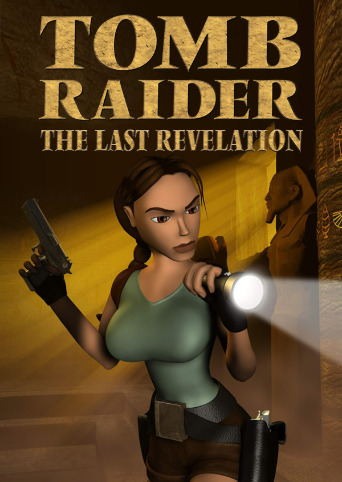
Too bad the two games are bundled. The graphics and lighting in TR IV game look fantastic for the time, the puzzles sometimes use new, creative and clever approaches and unlike the other games, the enemies seemed quite well balanced and I had less of a problem with the enemies using guns this time. Some of the level designs are probably the best the series has done so far. (Moving Train Level!) But the weak point lies mainly in the rest. The game sometimes tries to be far too complicated and clever with its puzzles, but overdoes it with the solution-finding, so that puzzles are actually made unnecessarily difficult. It doesn't offer a satisfying feeling when you solve the puzzle or look it up out of frustration, you feel cheated. So it feels more like work to play through the game. I remember having the game since release in 1999 and at some point I just stopped playing it, even though I could play the predecessors up and down. And after playing it again, I know why. But it still had strong moments. TR Chronocles on the other hand is a mess. You can see that the development team that worked on this game had no motivation or passion and Eidos wanted to bring the game to market as quickly as possible. You can often forgive flaws in games if the overall experience of the game is still somehow enjoyable. For example, I consider TR IV still as a good game, which despite the many frustrating elements was still a solid game where you can see that the developers have made an effort. But the buggy half-finished Chronicles destroyed my experience and my already fading enjoyment for the game, making it one of the games I would probably never touch again. And therefore I can't recommend it to anyone. Seriously, skip this game or try in in the Remastered Version. I didn't play it, but i assume they fixed many of the appearing bugs. Other thand that it had some neat ideas like stealth, but you quickly realize how little this potential is actually used.


Tomb Raider is a classic of the 90s that made Lara Croft an icon. As one of the first 3D puzzle platformers, it comes from a time without clear standards, which makes it clunky yet innovative. Lara explores bizarre levels inspired by ancient cultures with a touch of Lovecraft, tied together by themes of birth and rebirth. The games open memorably with a tutorial in Lara's mansion, where players learn the basics of jumping, climbing, and swimming before heading into the different locations to collect treasures. Levels are built on a strict grid system, making movement deliberate but precise and mastering timing and distance is essential to survival. Combat is simple Lara can draw or holster weapons, automatically aiming with her trademark dual pistols. Other weapons like the shotgun, magnums, or Uzis add variety but require ammo, which is rarely scarce. Level design is the real highlight. Environments are varied and atmospheric, supported by strong music and sound design. Ancient temples, ruins, and caves invite exploration, rewarding secrets with health or ammunition. With no map, navigation depends on memory, and the vertical, non-linear layouts make every corner feel dangerous. Difficulty is high and traps, enemies, and chasms punish every mistake. Death animations from drowning to being impaled are being the source of everyones nightmares. Success requires patience and repeated trial and error. However, flaws are hard to ignore. The camera struggles in tight spaces, interactions demand exact positioning, and combat often feels clumsy. Getting lost is common, and puzzles can become frustratingly repetitive. The third game even is almost absurd in terms of puzzles and solutions. Still, despite being tedious and unforgiving, the Tomb Raider Classic Trilogy remains atmospheric, challenging, and great.

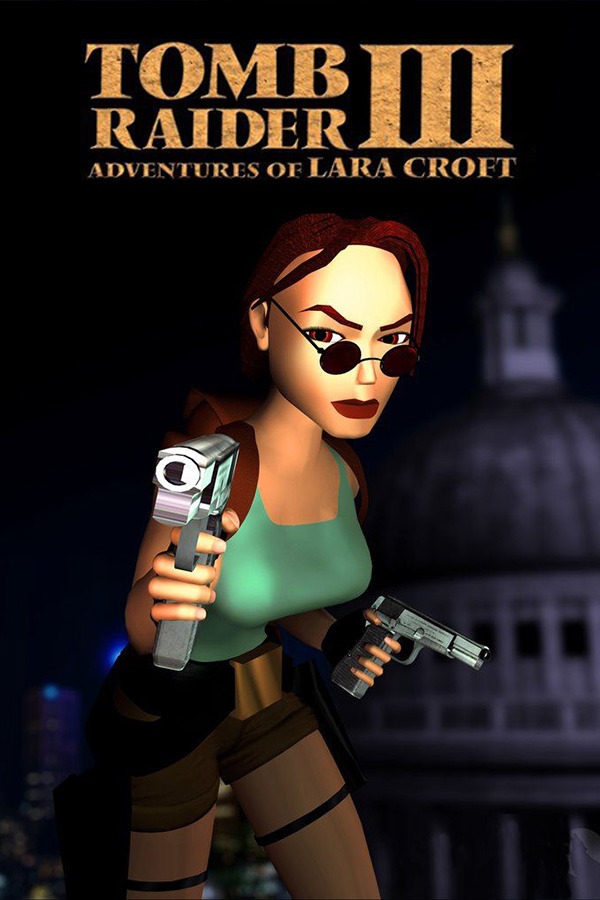
Tomb Raider is a classic of the 90s that made Lara Croft an icon. As one of the first 3D puzzle platformers, it comes from a time without clear standards, which makes it clunky yet innovative. Lara explores bizarre levels inspired by ancient cultures with a touch of Lovecraft, tied together by themes of birth and rebirth. The games open memorably with a tutorial in Lara's mansion, where players learn the basics of jumping, climbing, and swimming before heading into the different locations to collect treasures. Levels are built on a strict grid system, making movement deliberate but precise and mastering timing and distance is essential to survival. Combat is simple Lara can draw or holster weapons, automatically aiming with her trademark dual pistols. Other weapons like the shotgun, magnums, or Uzis add variety but require ammo, which is rarely scarce. Level design is the real highlight. Environments are varied and atmospheric, supported by strong music and sound design. Ancient temples, ruins, and caves invite exploration, rewarding secrets with health or ammunition. With no map, navigation depends on memory, and the vertical, non-linear layouts make every corner feel dangerous. Difficulty is high and traps, enemies, and chasms punish every mistake. Death animations from drowning to being impaled are being the source of everyones nightmares. Success requires patience and repeated trial and error. However, flaws are hard to ignore. The camera struggles in tight spaces, interactions demand exact positioning, and combat often feels clumsy. Getting lost is common, and puzzles can become frustratingly repetitive. The third game even is almost absurd in terms of puzzles and solutions. Still, despite being tedious and unforgiving, the Tomb Raider Classic Trilogy remains atmospheric, challenging, and great.
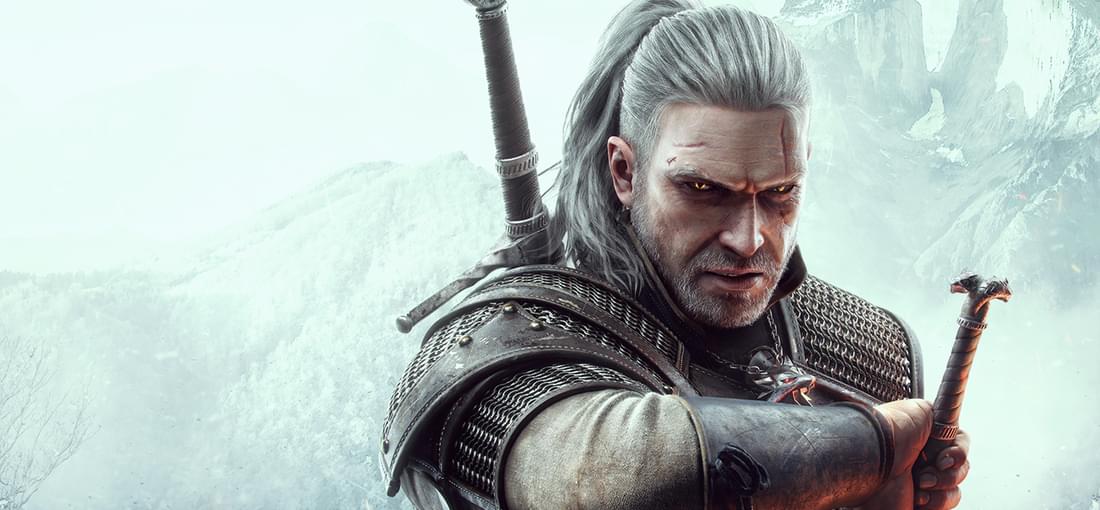
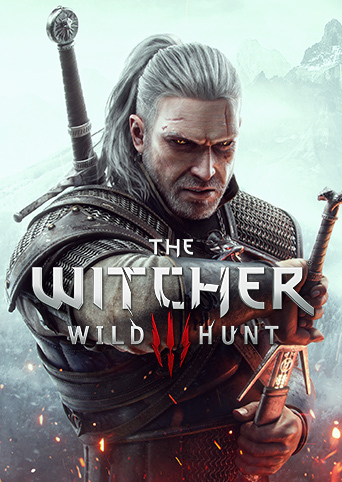
adadddddddddddddddddddddddddddddddddddd
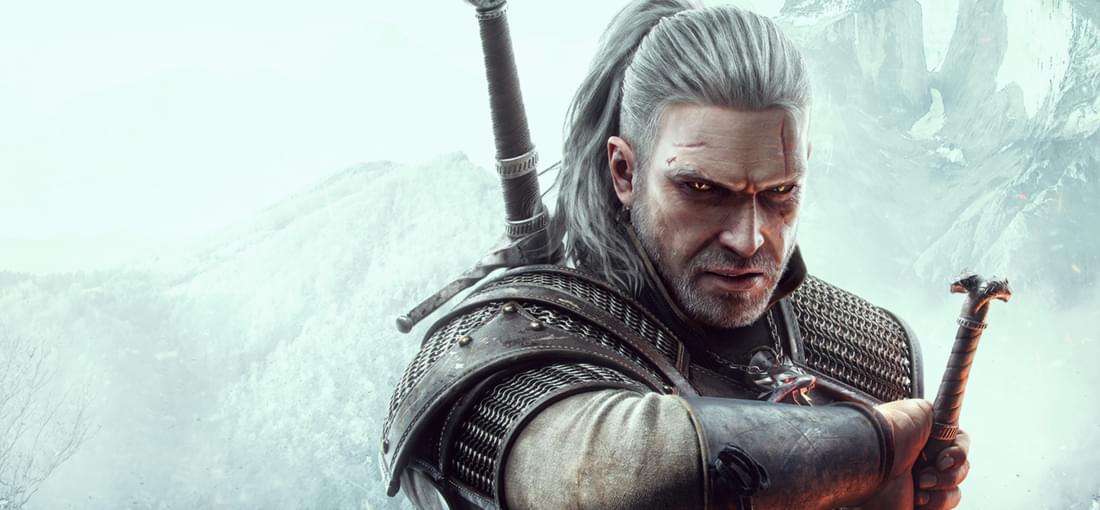
Let’s start with what didn’t work. The capped XP system makes quests feel less rewarding and the open world is bloated with useless stuff. The game heavily relies on its map and minimap. The latter, in particular, kills immersion. The atmosphere of the game is haunting and beautiful and a lot of environmental storytelling. But instead of appreciating the world around you, your eyes are glued to the top right corner of the screen to watch that minimap while traveling. Yet it excels at the most important thing of all: You become emotionally invested in the story and its characters. Every Dialog is well written and flows perfectly, revealing personality out of the various characters and this is the reason why they and Geralt are likable characters. Quality of Voice Acting is high and Conversations feature expressive gestures, camera angles, and animations that make the interactions feel real. When you walk in various locations such as Novigrad, you see every detail as if the city was hand crafted, bustling with life. The world is consistent in its incredibly realistic and well realized details. It mixes a high level graphical fidelity with style es well. Even a decade after its release, the visuals hold up. Player choice remains central. Decisions have consequences sometimes immediate or delayed, often ambiguous. Moral grayness is a core theme. You'll often think you made the right decision, only to find out there were no good choice at all. That said, the adaptation takes liberties. Characters are altered, events retconned, personalities of known characters change and if you've read the books, it can feel jarring. This is both an adaptation and a continuation, with a different vision of the original work. The Witcher III does a lot of things right and it offers not a perfect but an immersive well written story, with interesting NPCs, also an incredible atmosphere with massive detail in this world, some makes the world feel truly believable.